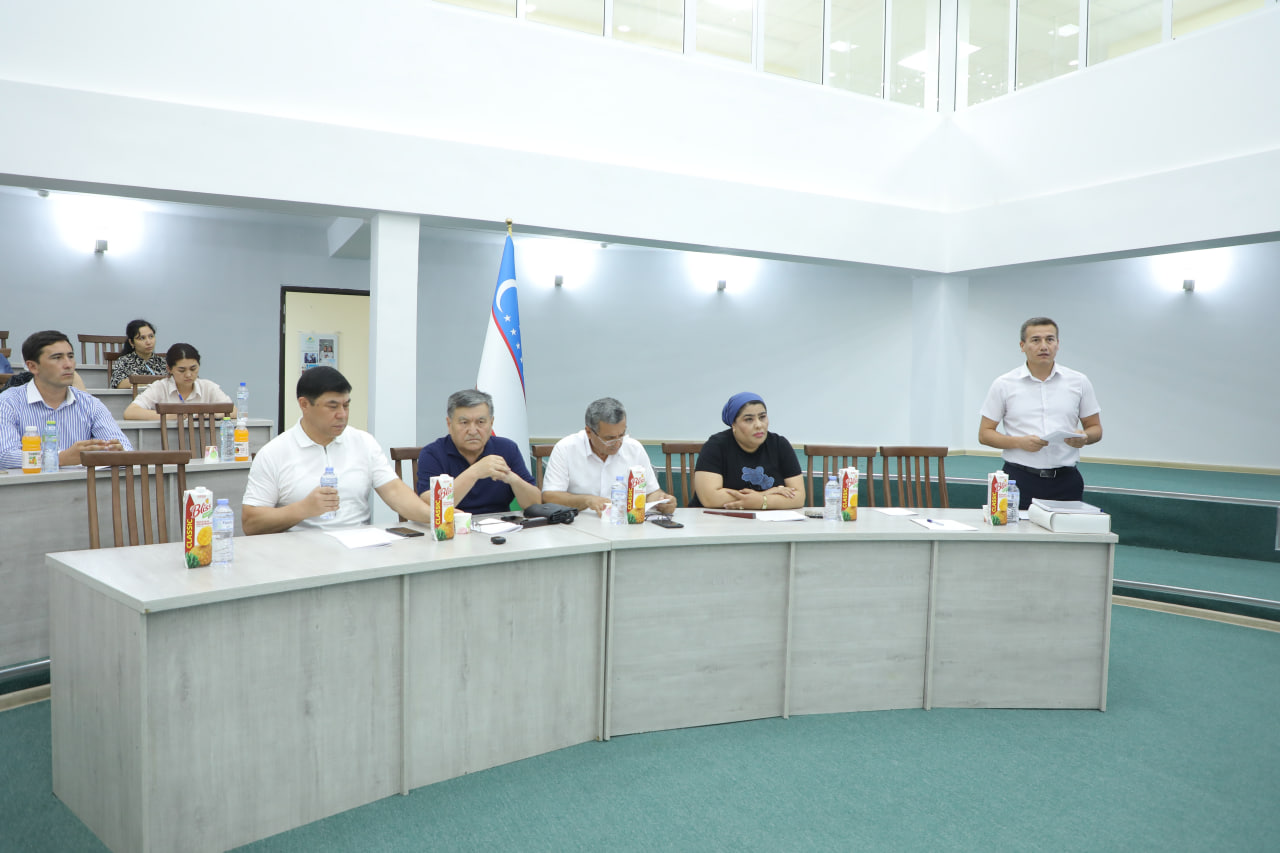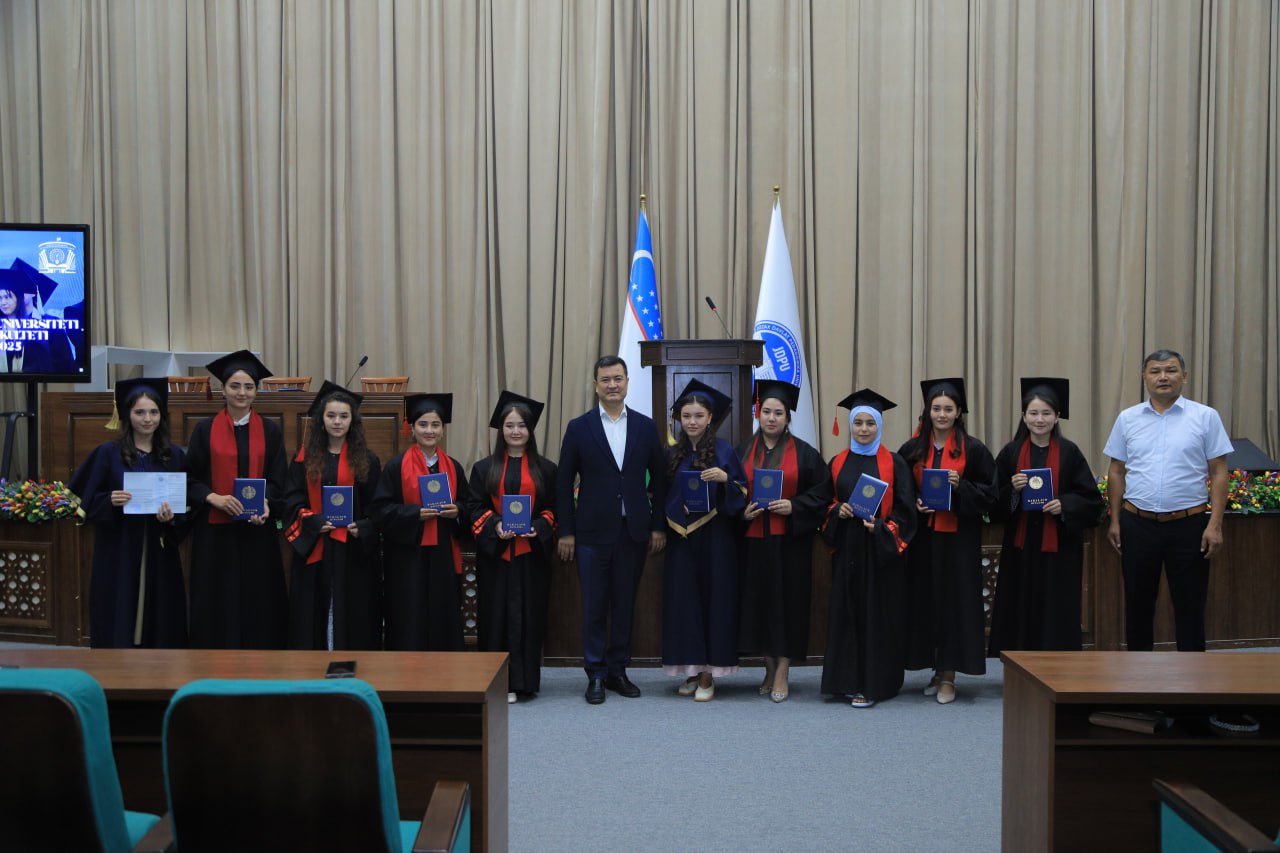Avyasova Irina Rafailovna
Senior teacher of English Language Teaching Methodology department
E-mail address: avyasova85@inbox.ru
Phone: +99897 3297757
Abstract: The military sphere is no longer the only engine of these phenomena, but it is still characterized by an extremely wide use of abbreviations, a variety of their types and a high rate of renewal. It cannot be otherwise. The rapid improvement of military equipment and weapons, the transformation of the armed forces into one of the most important social institutions entails the emergence of a large number of new concepts and lexical units expressing them: terms, nomenclature names. The purpose of the study is to identify similarities and differences in the structure and semantics of military terminological abbreviations of the modern English language. In accordance with the stated goal, the following tasks are solved: structural types and models of abbreviations-terms and abbreviations are identified, semantic models of abbreviations are determined, the main ways of decoding and transmission are identified abbreviations in Russian.
Key words: abbreviation, automatic, flight, navigation equipment, weapons, military equipment, ground-based, semi-automated, air defense, military, police, officer.
The process of transition of abbreviations in general and military abbreviations in particular from a relatively narrow sphere of professional use into the literary language has a “transient” character. A special role in this belongs to the mass media, which, due to the relevance of various military problems, draw the attention of society to specific military realities, often having no less specific reflection in the language through various types of abbreviations. The formation and death of abbreviations in the language occurs at different speeds, often quite rapidly, since “abbreviations have a high degree of instability, mobility in terms of expression”. This process is largely facilitated by a kind of natural selection among abbreviations, competition between them, caused by the peculiarities of the abbreviation process, as a result of which several options for reducing the original units can coexist in the language.
Vocabulary of military and technical materials is characterized by the use of a large number of abbreviations. Abbreviation is to ensure the transfer of the maximum amount of information (semantic content) with minimal use of the material shell of the language (sound shell and graphic form), that is, to increase the effectiveness of the communicative function of the language.
In the linguistic literature, abbreviations, depending on the number of components, are divided into one-, two-, three-, four-, five-component and more. For example, single-component Jy – July, two-component RJ – Road Junction, three-component SAC – Strategic Air Command, four-component FEBA – Forward Edge of the Battle Area, five-component LACAS – Low Altitude Close Air Support.
Abbreviations can also be divided into graphic and lexical. Note that graphic abbreviations are used only in written speech and are implemented in oral speech in the full form of the components that they represent in the text: FA – Field Artillery. Lexical abbreviations include:
– truncations Svc Plt – service platoon (service platoon);
– compound words transceiver – transmitter + receiver (transceiver);
– abbreviations.
Abbreviations are divided into sound-letter abbreviations and acronyms. In oral speech, sound-letter abbreviations should be pronounced in accordance with the alphabetic name of the letters: ICR intelligent character recognition (intelligent character recognition). Acronyms are lexical units formed only from the first letters of words and implemented in oral speech in accordance with the pronunciation rules adopted for ordinary words, i.e., pronounced as a single word, and not literally:
HIPEG [‘haipeg] – High Performance External Gun
Both single-component and multi-component terms can be abbreviated. It should be noted that abbreviations in English can be written in different ways: in uppercase and lowercase letters, with and without dots, together and separately, with a fraction sign or with a ligature (&, @). It is also essential for translation that abbreviations can act in a sentence in various syntactic functions, while receiving the appropriate morphological design in accordance with the rules of English grammar, i.e., they take on the ending of the plural, the form of the possessive case, the form of the past time, add affixes, make out the article. All this also makes them difficult to understand and translate. Of particular difficulty is the fact that the meaning of the abbreviation may not coincide with the meaning of the terms in their full form. For example, the terms Military Police, Women’s Army Corps are the names of certain organizations, and abbreviations from these terms designate a member of this organization – an MP military police officer, and WAC a member of the women’s auxiliary army service [3].
At present, abbreviations are formed with particular ease, which leads to additional difficulties, which are aggravated by the fact that some abbreviations have several dozen registered values. For example, the abbreviation A has 60 different meanings in English, B – 42, SA – 17, etc. In addition, there are unregistered and unofficial meanings of these abbreviations.
When translating an abbreviation, one should first of all refer to dictionaries. However, no dictionary can give a complete list of abbreviations that may be found in the materials. Therefore, it is necessary to know the basic methods of translating abbreviations. First, it is necessary to carefully study the context from which to try to determine the general meaning of the reduction. Sometimes a transcript is given at its first mention. Secondly, a thorough analysis of the structure of the abbreviation should be carried out and its components deciphered.
The transfer of abbreviations in Russian can be carried out in the following ways:
- a) full borrowing of the English abbreviation in Latin letters. This method is usually used when transferring nomenclature designations. For example, UT (Underwater Training) подводный, для учебных целей in Russian, can be transferred as UT. By the method of direct borrowing into Russian, brands of aircraft (B737-200, ATR-42, DC-8-54), aviation au1085 au1076 engines (RTM322, TRE331-14, JT15D-4), flight and navigation equipment ( AN/AC182, LRN500, ASR360);
- b) transliteration. For example, ARTRAC (Advanced Real-Time Range Control) is a promising control system “Artrak” with automatic real-time conversion of signals received during radio tracking FORTRAN (Formula Translation) – procedural algorithmic language “Fortran”;
- c) transcription. For example, the abbreviation SAGE (semiautomatic ground environment ) ground-based semi-automated air defense control system is translated in Russian as CЕЙЖ. EAGLE (Elevation Angle Guidance Landing Equipment) – glide path landing beacon “Eagle” with elevation control;
- d) sound-letter transcription. For example, CAD (Computer-Aided Design) – САПР (система автоматизированного проектирования); RCS (Radar Cross Section) – ЭПР (эффективная площадь рассеивания воздушной цели); VLSI (Very Large Scale Integration) – СБИС (сверхбольшая интегральная схема);
- e) translation of the hollow form. For example, ALFCE (Allied Land Forces, Central Europe) translates объединенные сухопутные войска НАТО на центрально–европейском театре;
- f) translation and transcription. For example, POINTER (Partial Orientation Europe) is rendered in Russian as канадский интерферометр с частичной ориентацией ПОЙНТЕР;
- g) translation of the full form and creation of a Russian abbreviation on its basis. For example, CIA (Central Intelligence Agency) is translated into Russian Центральное разведывательное управление и имеет сокращение ЦРУ;
- h) the transfer of English abbreviations by a descriptive method. A descriptive translation should fully reveal the technical essence of the abbreviation, for example: WIDE (Wide-angle Infinity Display Equipment) – a wide-angle system for presenting visual information of the air situation coming from a computer for ground simulators.
In addition, the authors of English military-technical literature widely use various abbreviations that are completely uncommon in Russian, for example:
d.c. (direct current) – direct current;
a.c. (alternating current) – alternating current;
s.a. (sectional area) – cross-sectional area;
b.p. (boiling point) – boiling point.
Such abbreviations in the translation must be deciphered and given a full designation.
Along with abbreviations in military materials, conditional index (alphabetic and digital) designations and conventional signs are widely used to designate samples of weapons and military equipment, which are usually not translated in written translation, but if necessary, translation can cause certain difficulties. In addition, the interpreter must know such indices in order to be able to decipher or explain them immediately. For example, CH-47A – the index designation is deciphered as follows: C – cargo, H – helicopter, 47 – design number, A – first modification. To decipher conditional index designations, official tables are used, which, as a rule, are available in special English-Russian dictionaries, as well as in the relevant charters.
Thus, the above features of abbreviations indicate that they represent a specific language material that differs in many respects from ordinary lexical units, which should be taken into account when working with them.
REFERENCES:
- Proffer K. The Silver Age of Russian Culture. Michigan Un., 1975;
- Boult G. The Silver Age: Russian Art of the Early 20th Century and the “World of Art Group”. Calif. Un., 1979.
- Kassu J. Encyclopedia of symbolism. M., 1998; Payman
4.A. History of Russian symbolism. M., 1998.
- History of Russian literature. XX century: Silver Age. M., 1995.
- Sternin G.Yu. Artistic life in Russia in the 1900s–1910s. M., 1988.
- Artistic life of Russia at the beginning of the 20th century. M., 1976;
- Neklyudova M.G. Traditions and innovation in Russian art of the late XIX – early XX century. M., 1991.
- GARF. F. 130. Op. 6. D. 305. L. 32–35.
- Rudnev V.P. Dictionary of culture of the twentieth century. M., 1997.
- Culturology. XX century. Dictionary. SPb., 1997.
12.Cassou J. Encyclopedia of Symbolism. M., 1998.
13.Vlasov V.G. Styles in art: a dictionary. In 3 vols. St. Petersburg, 1995.
14.The Cambridge History of Russian Literature. Camb. Univ. Press, 1992.
- Milyukov P.N. Living Pushkin. M., 1997.
- Otsup N.A. Contemporaries: Memoirs. Paris, 1961.





